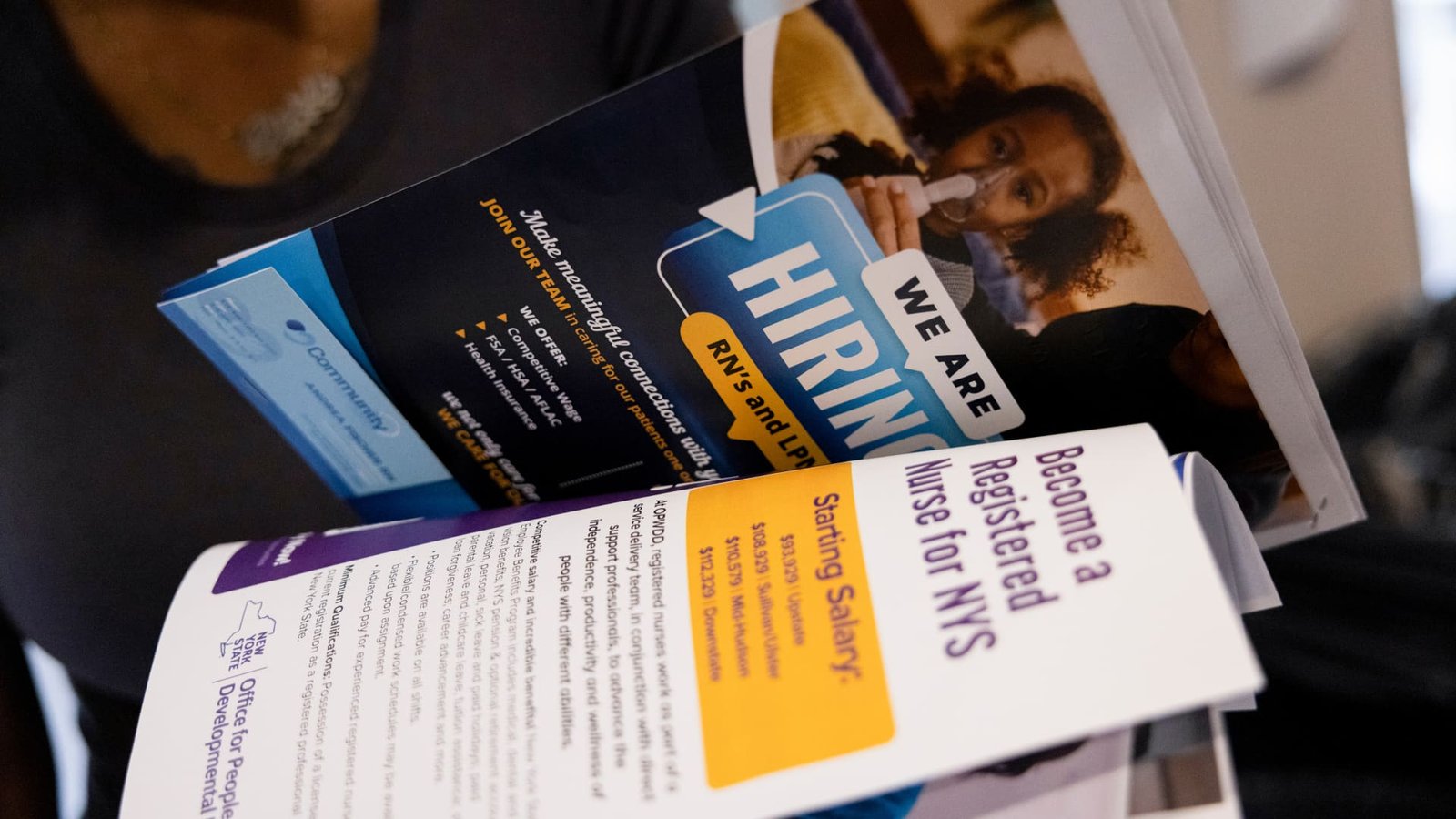The unemployment rate for white Americans increased slightly in October, as per data released by the Department of Labor on Friday. In October, the jobless rate for white Americans rose to 3.8% from 3.6% the previous month. This was contrary to the overall national unemployment rate, which remained steady at 4.1% in October compared to September, as well as for other demographic groups.
The unemployment rates for Black and Hispanic workers remained unchanged last month at 5.7% and 5.1%, respectively. Asian Americans saw a decrease in their unemployment rate to 3.9% from 4.1%.
Conversely, the jobless rates for both white men and women increased in October. For men, it went up to 3.5% from 3.4%, and for women, it rose to 3.3% from 3.1%.
While Hispanic women experienced an increase in their jobless rate to 5.2% from 4.8%, the unemployment rates for Hispanic men decreased to 4.0% from 4.1%. The unemployment rate for Black women decreased to 4.9% from 5.3%, but for Black men, it rose to 5.7% from 5.1%.
Heidi Shierholz, president of the Economic Policy Institute, noted that the fluctuation in the data from month to month indicates distortion and volatility. She mentioned that the increase in Black male unemployment in October was likely a correction after a significant drop in September.
Shierholz highlighted that the October unemployment figures were impacted by hurricanes and labor strikes, making it challenging to draw direct comparisons. She emphasized the importance of not focusing solely on one month’s data, especially given the unusual temporary factors affecting the numbers.
In October, the overall labor force participation rate decreased to 62.6% from 62.7% in September. Among white workers, the participation rate also declined to 62.2% in October from 62.4% the previous month, while it dropped to 66.9% from 67.4% for Hispanic workers. The participation rate for Asian workers increased to 65.5% in October from 65.3% in September, and it remained stable for Black Americans at 62.9%.
This report includes contributions from CNBC’s Gabriel Cortes.




